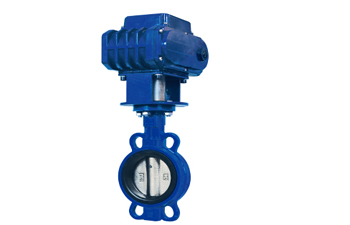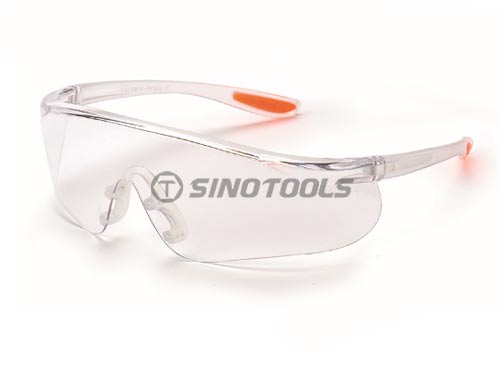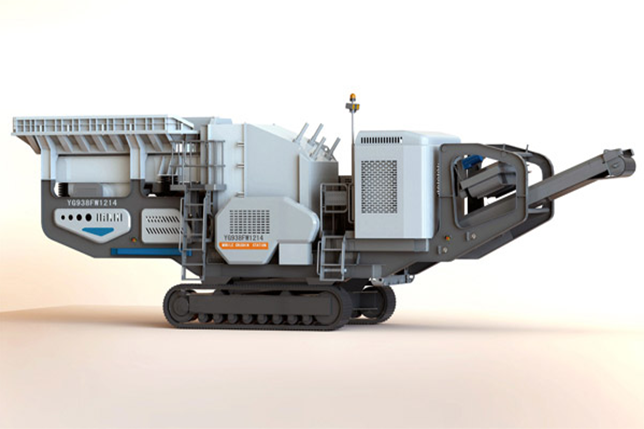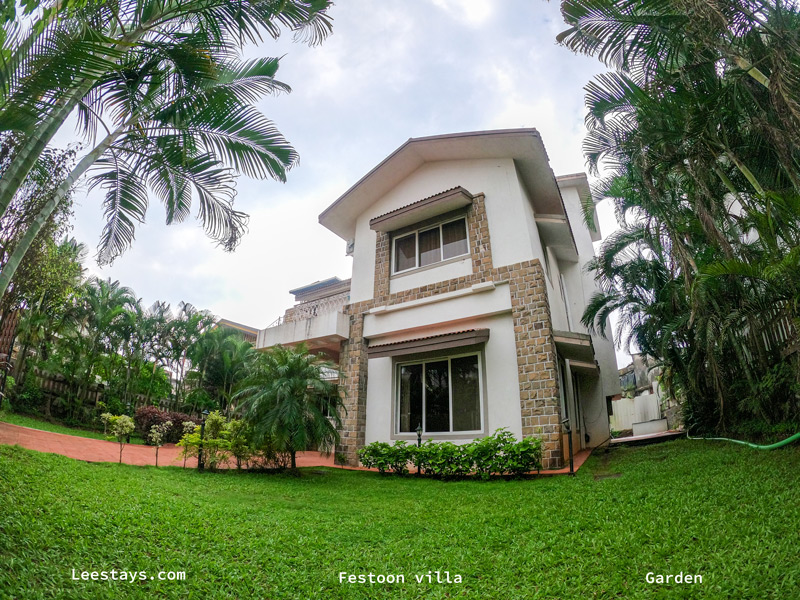Do You Know The Structure and Principle of Butterfly Valves?
Posted By Yuanda Valve Group Co.Ltd. on 2020-06-12 9:16 AM

Description
Cast Iron Butterfly Valve suppliers share this article for you.
20K Butterfly Valve is a kind of valve that uses a disc-type opening and closing member to reciprocate around 90 degrees to open, close and adjust the fluid channel. Butterfly valves are simple in structure, small in size, light in weight, low in material consumption, small in installation size, small in driving torque, easy and fast in operation, and also have good flow damping function and closing sealing characteristics, which is the most developed in recent years. One of the quick valve varieties. Especially in developed countries such as the United States, Japan, Germany, France, and Italy, butterfly valves are widely used. The variety and quantity of its use are still expanding, and it is developing towards high temperature, high pressure, large diameter, high sealing, long life, excellent adjustment characteristics and multi-function of one valve. Its reliability and other performance indicators have reached high Level, and has partially replaced the globe valve, gate valve and ball valve. With the advancement of butterfly valve technology, butterfly valves will become the dominant valve form.
The original butterfly valve was a simple, loosely closed flapper valve. Usually used as flow regulating valve and damping valve in water pipeline system.
With the application of chemically resistant synthetic rubber on butterfly valves, the performance of butterfly valves has been improved. Synthetic rubber has the characteristics of corrosion resistance, erosion resistance, stable size, good resilience, easy forming, low cost, etc., and can choose different performance synthetic rubber according to different use requirements to meet the working conditions of butterfly valves, so It is widely used to manufacture butterfly valve lining and elastic valve seat.
Because polytetrafluoroethylene (PTFE) has strong corrosion resistance, stable performance, not easy to aging, low friction coefficient, easy to form, stable in size, and it can also be filled and added with appropriate materials to improve its comprehensive performance and get better strength. Butterfly valve sealing material with lower friction coefficient overcomes some of the limitations of synthetic rubber, so polymer polymer materials represented by polytetrafluoroethylene and its filling modified materials have been widely used in butterfly valves, thus making butterfly valves The performance has been further improved, and butterfly valves with wider temperature and pressure ranges, longer sealing performance and longer service life have appeared.

20K Butterfly Valve
In order to meet the requirements of industrial applications such as high and low temperature, strong erosion, and long life, metal seal butterfly valves have been greatly developed in the past ten years. With the application of high temperature resistance, low temperature resistance, strong corrosion resistance, strong erosion resistance, and high strength alloy materials in butterfly valves, metal sealed butterfly valves have been widely used in industrial fields such as high and low temperature, strong erosion, and long life. The emergence of large-diameter (9750mm), high pressure (2.2kN/cm2), wide temperature range (-102 ~ 606 ℃) butterfly valve, so that the butterfly valve technology reached a new level.
Due to the application of computer-aided design (CAD) and computer-aided manufacturing (CAM) and flexible manufacturing system (FMS) in the valve industry, the design and manufacture of butterfly valves has reached a whole new level. Not only has the valve design calculation method been completely renovated, but also the heavy and repetitive routine design work of professional technicians has been relieved, so that the technicians have more energy to improve the technical performance of products and the research and development of new products, shortening the cycle and improving Labor productivity. Especially in the field of metal seal butterfly valves, due to the application of CAD/CAM, a three-dimensional seal pair designed by CAD and manufactured by cAM numerical control processing has appeared, so that the sealing surface of the valve does not have any squeeze, scratches, or wear during the opening and closing process. Therefore, the sealing performance and service life of the butterfly valve can be improved by orders of magnitude.
When the butterfly valve is fully opened, it has a small flow resistance. When it is opened between about 15° and 70°, it can perform sensitive flow control. Therefore, in the field of large-diameter adjustment, the application of butterfly valves is very common. Gradually become the dominant valve type.
Due to the wipeability of the valve plate of the butterfly valve, most butterfly valves can be used for media with suspended solid particles, and can also be used for powdery and granular media depending on the strength of the seal.
Butterfly valve classification
There are many types of butterfly valves, and there are multiple classification methods.
1 Classification by structure
(1) Center seal butterfly valve
(2) Single eccentric sealed butterfly valve
(3) Double eccentric seal butterfly valve
(4) Triple eccentric seal butterfly valve
2 Classification according to the sealing surface material
(1) Soft seal butterfly valve
1) The sealing pair consists of non-metallic soft materials versus non-metallic soft materials.
2) The sealing pair is composed of metal hard material to non-metal soft material.
(2) Metal hard seal butterfly valve. The sealing pair is composed of metal hard material to metal hard material.
3 Classification according to sealing form
(1) Forced sealing of butterfly valve.
1) Elastic sealing butterfly valve. The sealing specific pressure is caused by the valve plate squeezing the valve seat when the valve is closed, and the elasticity of the valve seat or valve plate is generated.
2) Additional torque sealed butterfly valve. The specific pressure of the seal is generated by the torque applied to the valve shaft.
(2) Pressure-sealed butterfly valve. The sealing specific pressure is generated by the pressure of the elastic sealing element on the valve seat or valve plate.
(3) Automatic sealing butterfly valve. The specific pressure of the seal is automatically generated by the medium pressure.
4 Classification by working pressure
(1) Vacuum butterfly valve. Butterfly valve with working pressure lower than standard atmospheric pressure.
(2) Low-pressure butterfly valve. Butterfly valve with nominal pressure PN≤1.6MPa.
(3) Medium pressure butterfly valve. Butterfly valve with a nominal pressure PN of 2.5∽6.4MPa.
(4) High-pressure butterfly valve. A butterfly valve with a nominal pressure PN of 10.0∽80.OMPa.
(5) Ultra-high pressure butterfly valve. Butterfly valve with nominal pressure PN<100MPa.
5 Classification by operating temperature
(1) High temperature butterfly valve. Butterfly valve with t<450℃.
(2) Medium temperature butterfly valve. 120℃
(3) Normal temperature butterfly valve. -40℃
(4) Low temperature butterfly valve. -100℃
(5) Ultra-low temperature butterfly valve. Butterfly valve with t≤-100℃.
6 Classification by connection
(1) Wafer type butterfly valve
(2) Flanged butterfly valve
(3) Lug butterfly valve
(4) Welded butterfly valve
Sealing principle of Cast Iron Butterfly Valve
When the valve plate is processed, ensure that the sealing surface has an appropriate surface roughness value, and the synthetic rubber valve seat forms an appropriate surface roughness value of the sealing surface during molding. When the valve is closed, through the rotation of the valve plate, the outer sealing surface of the valve plate squeezes the synthetic rubber valve seat, so that the synthetic rubber valve seat is elastically deformed to form elastic force as the sealing specific pressure to ensure the sealing of the valve.
Tags: valve, cast iron butterfly valve, butterfly valve
For more information, please Click Here






